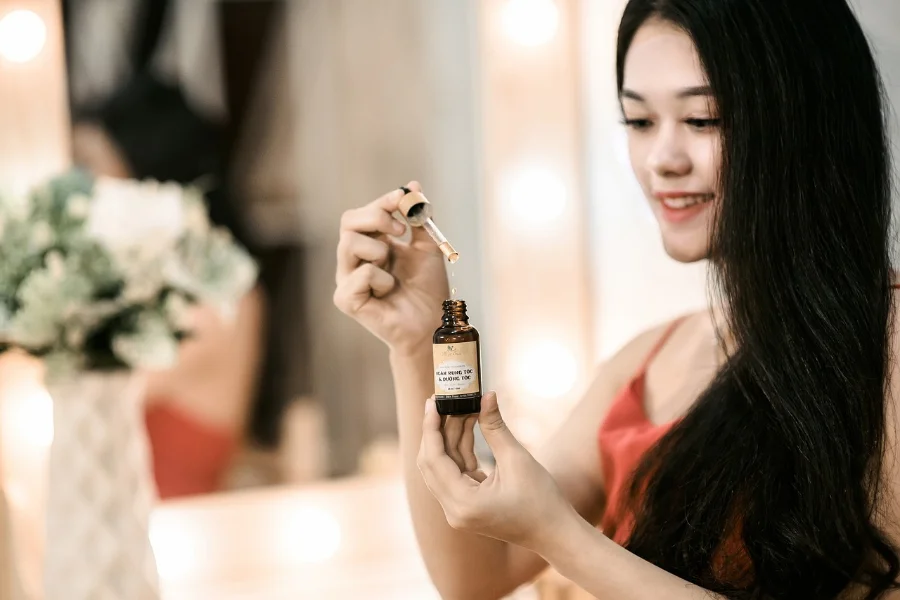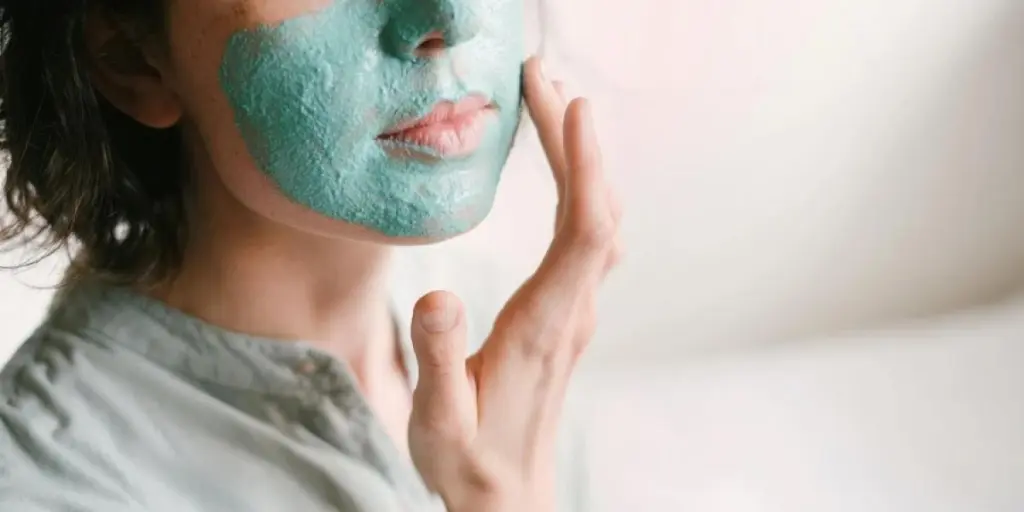The worldwide beauty industry generates over USD 100 billion, making this one of the most profitable personal care sectors. To generate the most revenue, businesses should make and/or sell makeup and skincare products that align with the current consumer demands.
With the new year approaching, it’s important to discuss the latest beauty industry trends. What’s unique about 2023 beauty trends is that we can expect to see these same looks in the next coming years. Here are the beauty trends that businesses can expect to see and some product recommendations.
Table of Contents
Overview of beauty trends
Beauty trends for 2023 and beyond
Conclusion
Overview of beauty trends
It’s estimated that the beauty industry will grow by 3.5% yearly. That means the beauty market is profitable for various business ventures. However, businesses will only see their money’s worth if they follow the latest beauty trends and makeup looks.
To create these beauty trends, experts identify data points such as consumer demands, trending social media posts on Instagram and TikTok, celebrities such as Hailey Bieber, and anything that’s happening in the business side of the beauty world.
From there, beauty experts will decide if these trends will only mark popular looks for the following year, certain seasons, or beyond this timeframe.
What is inspiring 2023 beauty trends?
The biggest beauty trends will not only make waves in 2023 but will influence looks in the following years. 2023 beauty trends will put health at the forefront since beauty consumers demand beneficial ingredients. Transparency also relates to this; consumers want to know what’s in their products and how these ingredients will affect their skin and hair.
Beauty consumers also want to be realistic. Modern beauty trends embrace flaws rather than hide them.
Beauty trends for 2023 and beyond
The biggest beauty trends impacting the beauty experience include superfoods, embracing unsexy beauty, seed-to-skin, protecting the skin dermis, and moisturizing the hair with oil. Be sure to offer these products at your business.
Superfood ingredients

Superfoods are any food that’s dense in nutrients. These foods also benefit the skin; while some may target specific problems such as aging symptoms, people with all skin types can use superfoods as active ingredients in their products.
There are numerous skin superfoods, but sea moss is the most trending. Sea moss is a term used to describe seaweed and red algae. These foods are high in vitamins and nutrients, decreasing inflammation and reducing excess oiliness.
Sea moss is a multi-tasking product and can be used for the face and body. Start by selling a sea moss soap so users can experience all-over hydration and a daily vitamin boost.
Unsexy beauty
Today, beauty enthusiasts don’t want brands to tell them how they should look. Instead, modern beauty enthusiasts want to accept their flaws and use products to empower themselves.
One of the ways brands can do this is by addressing flaws that are “unsexy.” These include ingrown hairs, pimples, melasma, and even underboob sweat. When brands are honest about these flaws, it will make businesses look more realistic than judgmental.
How can businesses address these flaws while still selling products? Marketing is the key. Sell acne face creams as a way to keep skin moisturized while not causing breakouts, as opposed to using advertising messages such as “acne treatment.” Sell hydrocolloid patches in different shapes and colors, focusing on the fun aspect of skincare.
Seed-to-skin

There is a higher demand for brand transparency and clean beauty. A good way that businesses can meet this demand is by promoting seed-to-skin products. Much like farm-to-plate, seed-to-skin is an agricultural solution to both unsafe ingredients and supply chain issues.
Utilizing local agricultural ingredients offers environmental benefits and makes it easier for consumers to trace them.
Brands can follow this trend by using natural and easy-to-grow ingredients, such as aloe vera. This plant is readily available and offers various benefits. When used in a face mask, aloe vera moisturizes the skin, heals the skin barrier, and is also an anti-inflammatory agent.
Microbial and skin bacteria
Beauty brands often use terms such as “antibacterial.” This seems beneficial when in reality, the skin needs certain types of bacteria. Harsh antibacterial products can damage the bacteria needed for healthy skin. Repairing the dermis involves protecting the skin on a microbial level.
Brands should sell products made of effective yet protective ingredients that won’t damage necessary skin bacteria. Vitamin C is a common example. This ingredient is found naturally in the epidermal layer of the skin and supports various skin functions, such as collagen production.
Vitamin C also benefits our skin microbiome, a major factor in maintaining skin health. Brands can sell various skincare products, such as moisturizers and cleansers, powered by vitamin C.
Hair slugging

Hair slugging is when one applies oil to the ends or mid-length of the hair, then wraps the hair up in a sock or bonnet. This locks in moisture, making hair look and feel nourished. Hair slugging also makes hair look shiny. Certain oils repair the hair, decreasing damage and preventing hair loss.
There are many oils that consumers can use. Argan oil is one of the most popular examples; it not only moisturizes the hair and scalp but protects the hair, reduces damage, prevents hair loss, and reduces breakage and split ends.
Instead of oil, consumers can also opt for a hair mask. Hair masks make tresses feel moisturized and look shiny and reduce frizz, protect from damage, and strengthen each strand. Unlike oils, masks also don’t sit on top of the hair and weigh it down.
Conclusion
Some beauty trends and makeup looks not only impact the industry in the new year but are expected to be long-term.
In 2023, businesses should sell products made with superfoods, embrace transparency on an agricultural level, and protect the skin dermis. For hair beauty, consumers want to leave oils and masks on overnight to nourish their tresses. More consumers want to be honest about their flaws, embracing unsexy beauty.
Businesses should always know the latest makeup trends and products to sell every year to keep up with consumer demands. You can find these updates and more on the Baba Blog.




